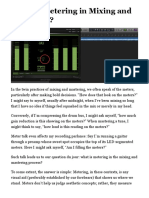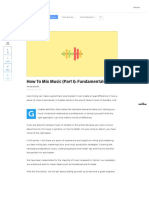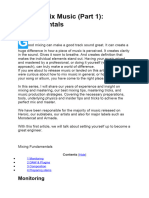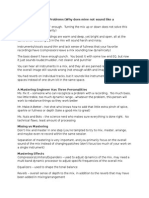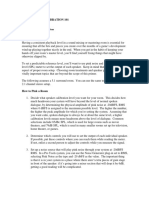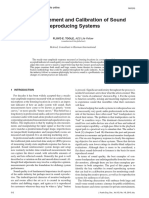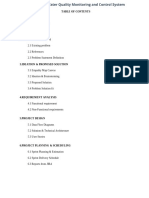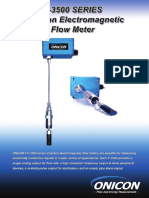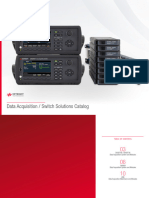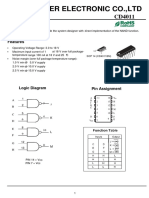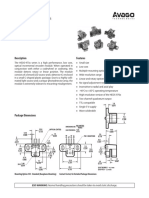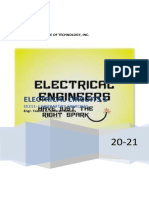0% found this document useful (0 votes)
60 views7 pagesJay-J - Mastering - Lesson 1 - Calibrate and Reference
Uploaded by
Hariraamakrishnan SivakumarCopyright
© © All Rights Reserved
We take content rights seriously. If you suspect this is your content, claim it here.
Available Formats
Download as PDF, TXT or read online on Scribd
0% found this document useful (0 votes)
60 views7 pagesJay-J - Mastering - Lesson 1 - Calibrate and Reference
Uploaded by
Hariraamakrishnan SivakumarCopyright
© © All Rights Reserved
We take content rights seriously. If you suspect this is your content, claim it here.
Available Formats
Download as PDF, TXT or read online on Scribd
/ 7







